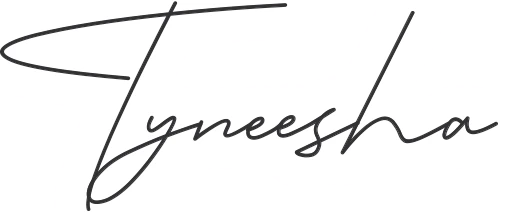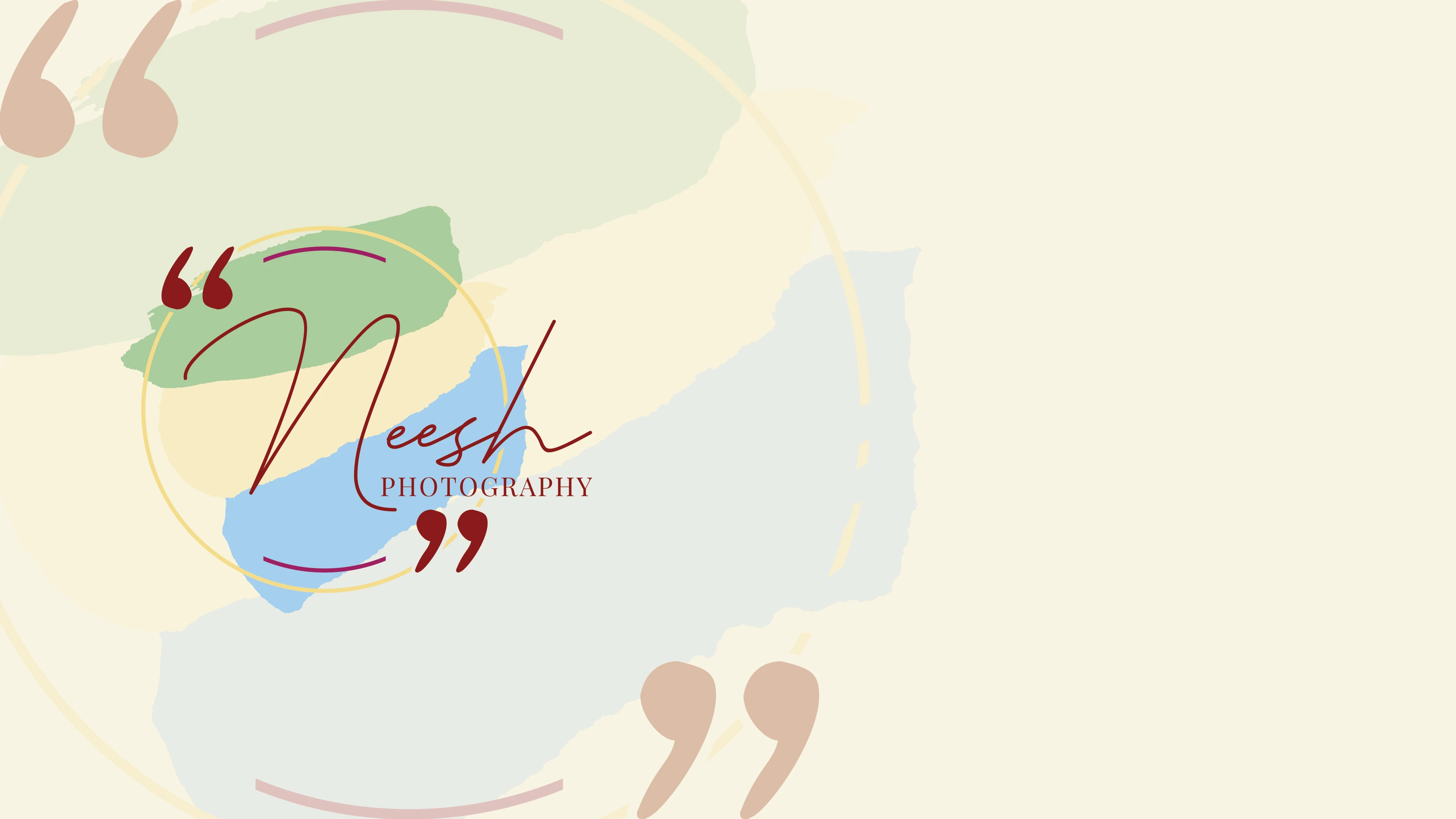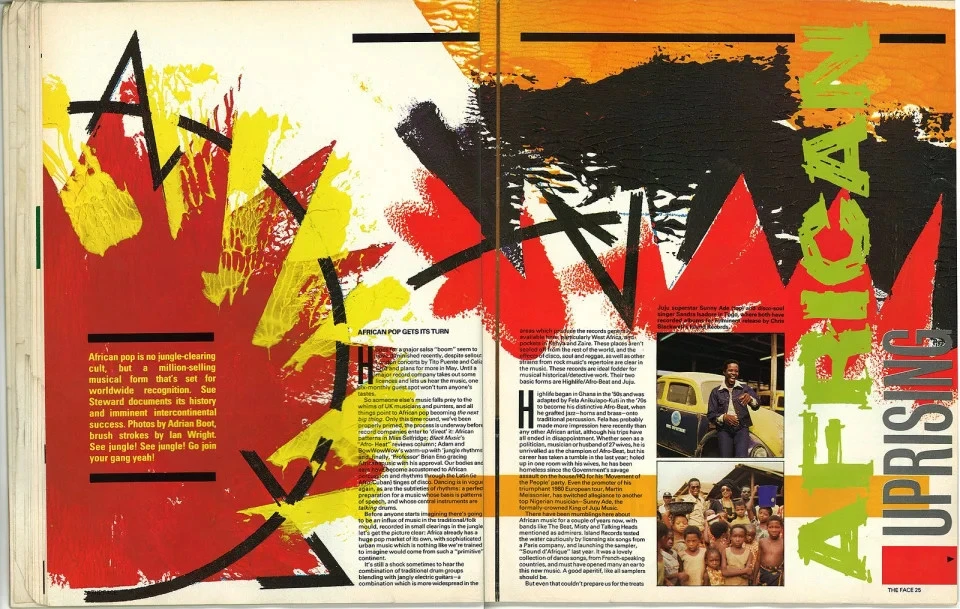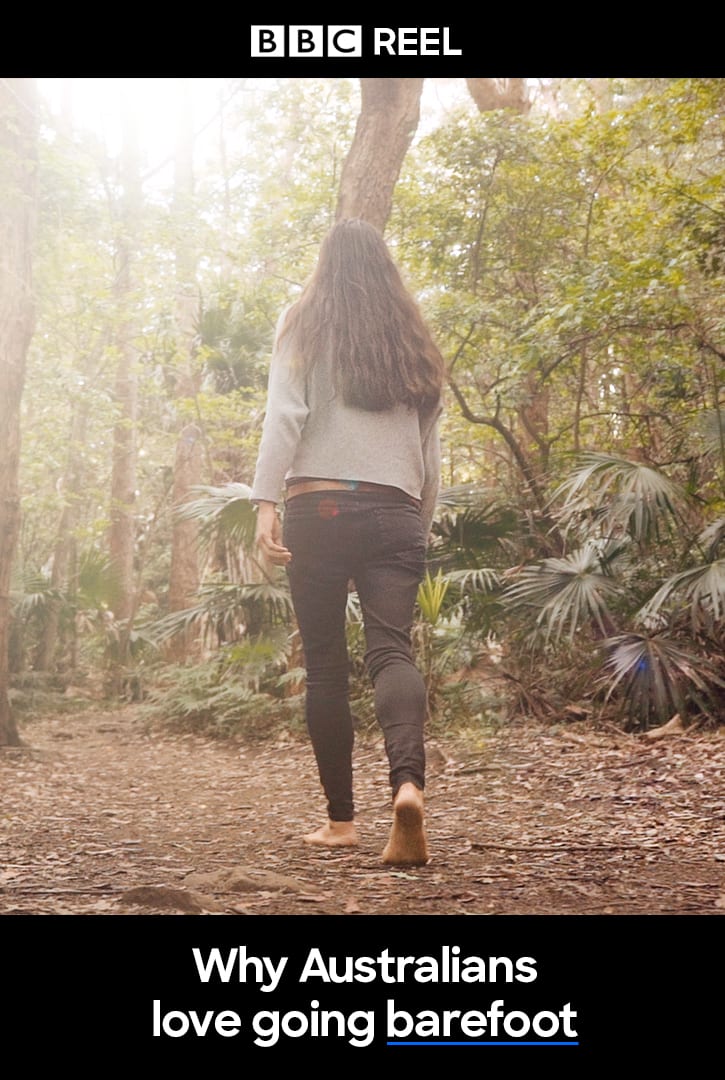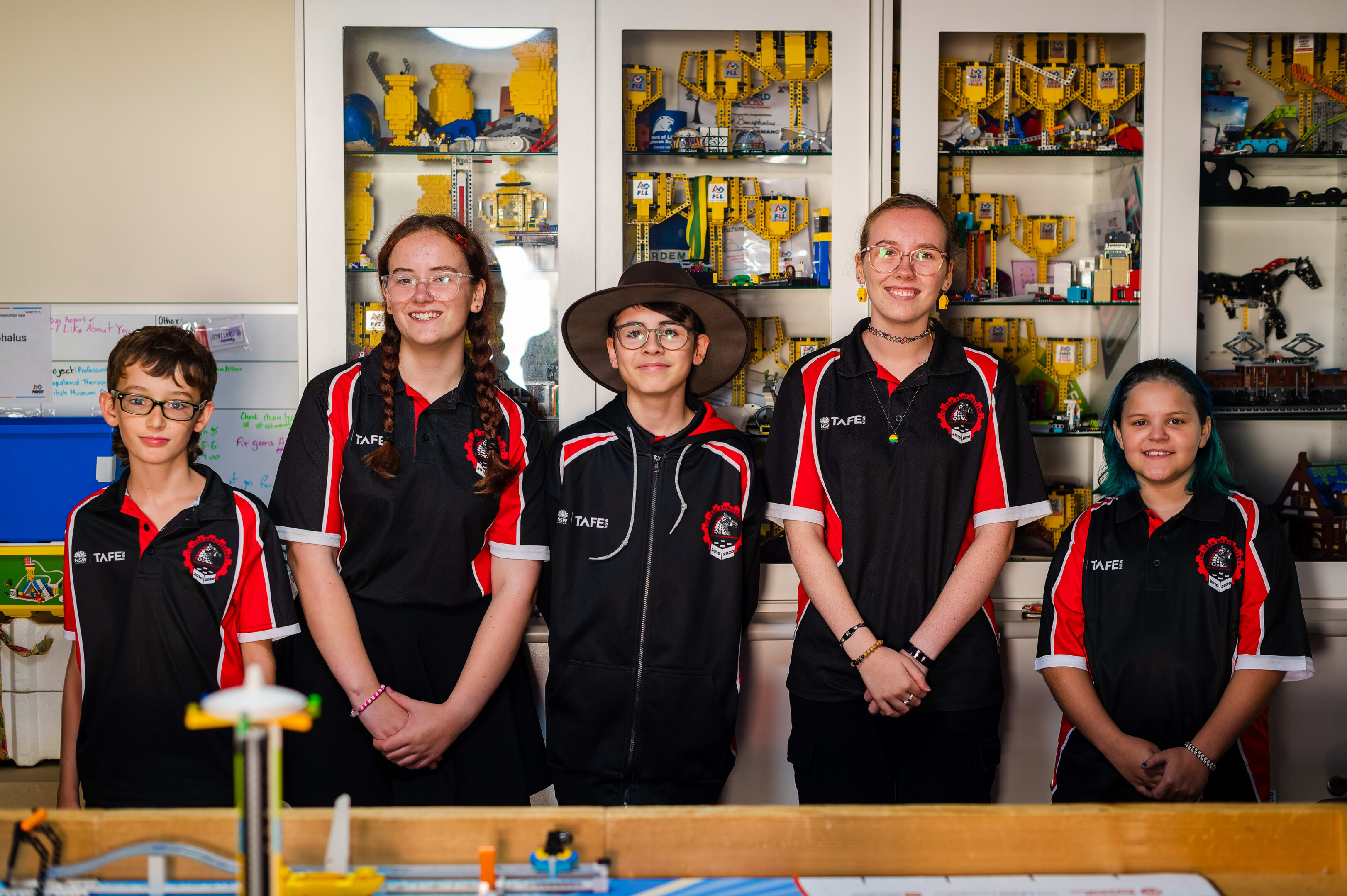20th April, 2024
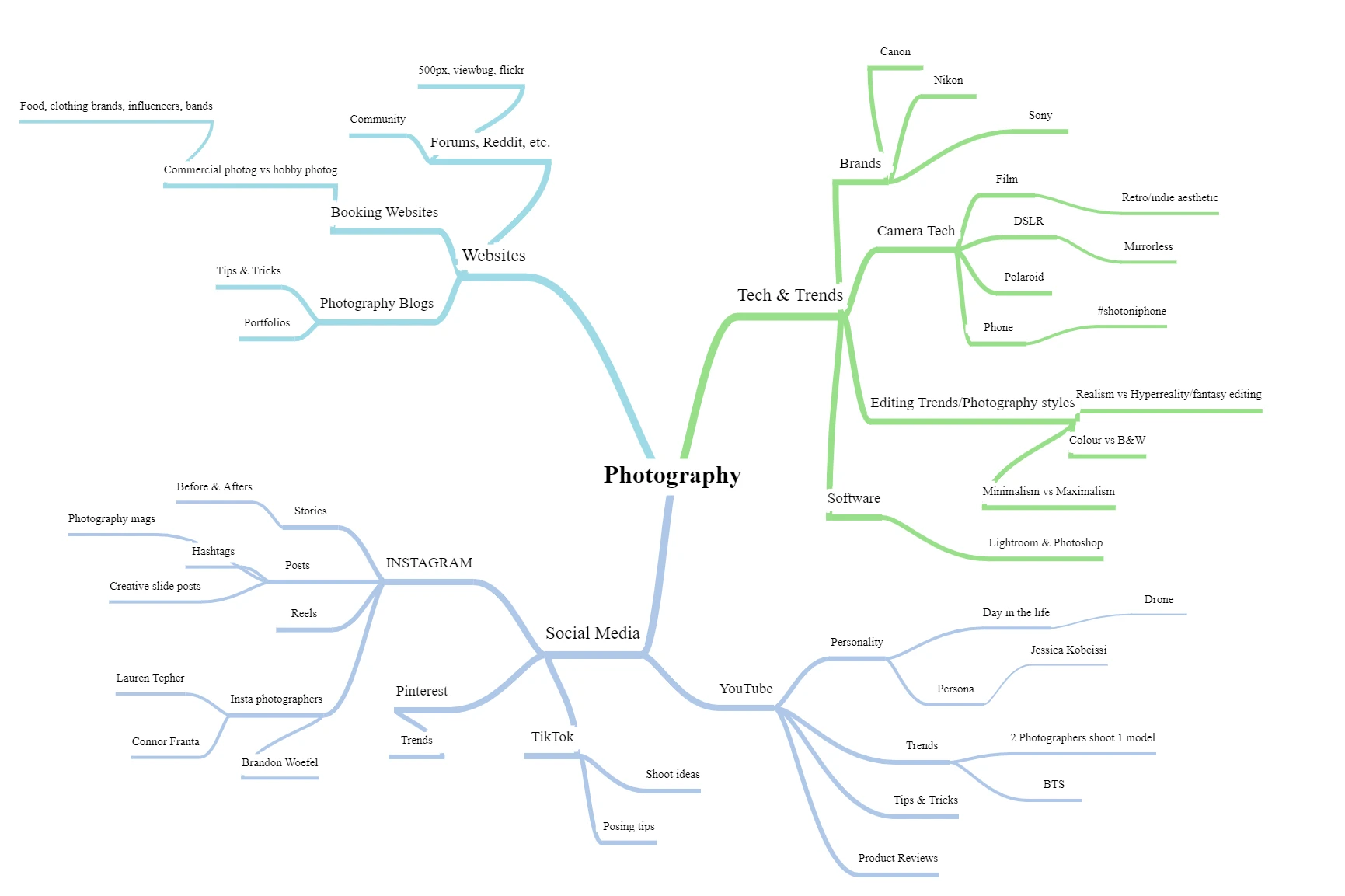
In my last blog post, I was concerned that photography was not specific enough to be considered niche or researchable through an ethnographic standing. This week, We were asked to map the field site of online photography. Doing this has given me a guide to refine my niche of interest and place of research.
I’ve looked at its presence on social networks and online spaces and how different actors intersect to create the overall network. I’ve also thought about the audiences, personas, equipment and trends involved.
The key platforms I’ve looked at are:
What’s interesting here is that the photography content on each of these platforms is interacted with differently. They each present photography differently, for different purposes and possibly slightly different audiences. Instagram can be used in a few different ways for photographers – considering the platform is image-based. It’s a place for photographers to show their final work through their feed and interact with each other. You can use the platform to gain inspiration and create a personal portfolio. However, the platform has increasingly become more video-based than still-image. This means that the rise of both reels and TikTok has facilitated “tip & tricks” photography content.
The photography community on YouTube is more narrowed – those who use YouTube for photography content can often present a more personalised persona than on other platforms. Creators such as Jessica Kobeissi make content sharing shooting, posing and editing tips. Some creators film behind-the-scenes content. Some creators review products and tech. Some creators, such as Connor Franta, publish videography/vlogging content, which helps build a public persona. YouTube trends such as “2 photographers shoot the same model” aren’t usually seen on other platforms.
TikTok and Pinterest are great tools for inspiration gathering or trend creating – they are more accessible to people who might not necessarily be as heavily involved in the community or have the equipment and knowledge necessary to capture images. These platforms influence a lot of the content we see on Instagram regarding trending photography or photoshoot ideas. The “ghost photoshoot” trend that started on TikTok is one example of this.
It’s challenging to pinpoint key players in the field because photography is such a broad and far-reaching concept in this day and age. When cameras were first invented, I could probably have listed off the ‘big’ photographers. But in the 21st-century case, it’s easier to identify the key players as the most prominent and well-known content creators and platforms or the most prominent personas within a photography sub-section or trend, such as film photography.
To investigate this network, I will have to become involved in an autoethnographic process, which is a method of research “where the researcher should ideally be located as a participant-observer” (Burrell 2009).
A photography-based DA would work to my benefit here, as the audience of photography content is usually people who also create content. Photographers follow photographers, although the details may be more complicated.
